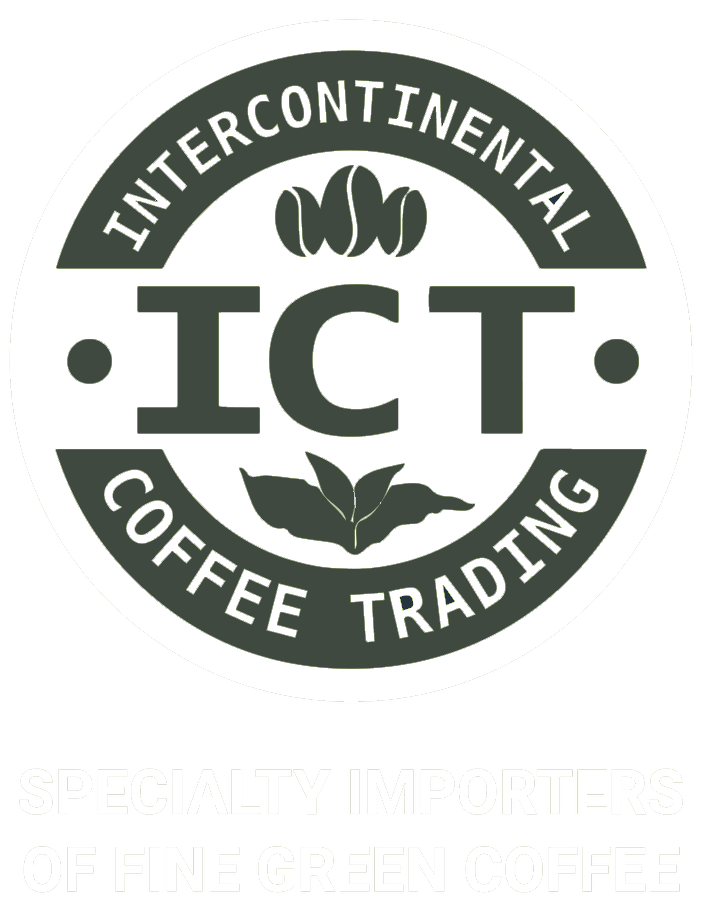Colombia produces more than 570,000 tons of coffee within a single year, making it one of the top three coffee producers in the world. Colombian coffee was first introduced in the middle of the 16th century, when Jesuit priests came to the country from Europe, bringing their own coffee beans with them. Interestingly, the global phenomenon of Colombian coffee beans almost never came to fruition, as many Colombian farmers didn’t want to have to wait anywhere from three to five years for an initial crop. However, when the priest Francisco Romero encouraged Colombian farmers to plant coffee trees in lieu of traditional penance at confession, the idea took off.
Colombian coffee was first exported in the 1830s, and the rest, as they say, is history.
So, now that you know more about the history of Colombian coffee, let’s talk more about why it’s so popular and what sets these beans apart from other options. We’ll also make sure you know where you can go to buy high-quality wholesale bulk Colombian coffee beans.
The Basics of Growing Colombian Beans
Many people adore Colombian coffee beans because they’re full of flavor, but a bit milder in taste compared to other beans. So, what’s responsible for their telltale taste?
The soil and regions in which the beans are grown have a lot to do with it. Much of Colombian coffee today is grown within the Zona Cafetera region of the country, which is nestled in the triangle of Quindio, Caldas, and Risaralda. What makes this region especially ideal for the coffee tree?
First, there’s the high altitude and the frost-free nature of the region. Beans tend to grow much better in volcanic soil, and the taste becomes richer the higher the elevation.
Then, there’s the tropical climate of the region. The Zona Cafetera gets plenty of rainfall each year, keeping the soil damp and perfect for growing coffee. In many cases, banana plants are actually grown alongside the coffee plants to help them get the necessary shade. Usually, the beans are picked about twice per year, and most of the picking happens during the rainy season. The beans are shipped in their natural or “green” state so that you can decide on the specific roasts that appeal to you and your clientele.
What Does Colombian Coffee Taste Like?
Of course, depending on the specific region they come from, Colombian coffee beans have several different flavor profiles.
This flavor profile also changes depending on when the beans were picked in the growing process. In some cases, the beans may be soaked in water, which also impacts the overall flavor profile. It’s certainly on the more medium side of things, and it has a medium-high acidity level. Many also pick up slightly floral notes within the taste, as well as, unsurprisingly, notes of tropical fruits. Depending on the region, you may also be able to taste a little bit of nuttiness in your cup. Usually, there’s at least a hint of sweetness in the bean, with many stating that it seems like a mixture of caramel and chocolate. In terms of aroma, you should expect a slightly citrus scent with a hint of spice to it.
What Are the Best Colombian Coffee Beans?
In truth, the best Colombian coffee beans are usually a matter of personal preference and opinion. What you like may be far too acidic or sweet for someone else. The good news is that there is tons of variety, as the country is home to over 560,000 coffee farms. That being said, there are certainly some beans that have eclipsed others in terms of popularity. The most common option is the Caturra bean, which makes up nearly half of all Colombian coffee production. It’s known for its hint of lemon and lime flavor notes.
You can also try Typica beans, which are perfect for those seeking a sweeter, but still mild, taste. If you like the Typica beans, we suggest that you also try the Castillo and Tabi beans. Colombian beans are one of the newest varietals and were created to be able to resist coffee rust, a huge problem for coffee farmers in the country. Looking for a bean that has a bit of a hazelnut taste to it? If so, then look for the Cenicafe 1 varietal. Like the Colombian varietal we mentioned above, Cenicafe 1 beans are also designed to be resistant to coffee rust and also coffee berry disease. You should also look for notes of honey when trying these beans out for yourself. Especially if you’re newer to trying out Colombian coffee, we urge you to try out as many flavor options as possible to figure out your personal preferences. Plus, hosting a Colombian coffee tasting event at your coffee shop is a great way to boost your business!
Where Can You Buy Colombian Coffee Beans?
So, where can you find the best natural Colombian coffee beans to buy in bulk for yourself or for your coffee shop?
No matter the specific region or flavor profile you’re looking for, we have the right batch for you. Take a look at our current coffee offerings to see what appeals to you, and learn more about the specifics of the beans you’re interested in. At ICT Coffee, we’re proud to be committed to helping our coffee farmers, and we’re seriously passionate about what we do. We’re members of the Coffee Roasters Guild, Grounds for Health, the Pacific Coast Coffee Association, and more.
We look forward to sharing the difference of our beans with you.
